Homeopathy: A Historical Overview
While homeopathy may not boast the ancient lineage of Chinese or Indian medicine, it stands as one of the longest-established complementary and alternative medicine (CAM) systems to originate in Europe. Its roots can be traced back to Samuel Hahnemann (1755-1843), a German physician who played a pivotal role in its development. This article aims to offer a comprehensive historical overview of homeopathy, shedding light on its founder and the evolution of this medical approach over time. Delving into the life and contributions of Samuel Hahnemann provides valuable insights into the origins of homeopathy and the circumstances that shaped its emergence. As we explore the trajectory of this influential medical system, we gain a deeper appreciation for its enduring presence and impact on healthcare practices. From its early stages to its contemporary relevance, homeopathy’s journey unfolds, illustrating its resilience and continued significance in the realm of complementary and alternative medicine.
The Early Life of Samuel Hahnemann
Samuel Hahnemann, born in Meissen, Germany, obtained his medical degree in Erlangen in 1779. Early in his medical career, Hahnemann grappled with financial challenges, a common predicament for physicians of his time. Despite these hardships, his unwavering dedication led to groundbreaking discoveries in the field of medicine. The struggles he faced during this period mirrored the broader difficulties encountered by 18th-century doctors. Hahnemann's resilience and perseverance ultimately propelled him towards innovative contributions, particularly in the development of homeopathy. His early challenges are integral to understanding the narrative that shapes his extraordinary legacy in medical science.
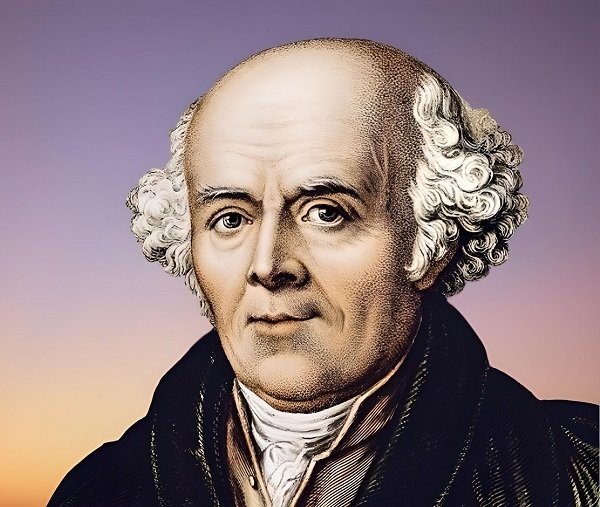
The Birth of Homoeopathy
Hahnemann's groundbreaking exploration began with his experimentation involving cinchona, colloquially known as 'the bark' or quinine. His keen observations revealed that the ingestion of cinchona induced symptoms akin to those associated with intermittent fever (malaria), albeit in a milder manifestation and notably lacking the characteristic chills and shivering. This pivotal realization paved the way for the inception of a novel medical paradigm, which Hahnemann documented in 1796 through the publication of the "Essay on a New Principle for Ascertaining the Curative Power of Drugs." Building upon this foundation, in 1810, he further enriched the homeopathic literature with his seminal work, "The Organon of the Healing Art." This comprehensive exploration seeks to unravel the intricate stages of Hahnemann's revolutionary insights, tracing the roots of homeopathy and examining the transformative impact of his contributions on the broader landscape of medical thought. From the early experimentation with cinchona to the foundational principles outlined in "The Organon," Hahnemann's journey reflects the genesis and maturation of a medical system that continues to influence healing practices to this day.
The Principle of Similars
At the core of Hahnemann's revolutionary medical philosophy was the principle that a substance capable of eliciting specific symptoms in a healthy individual could be harnessed to treat a sick person showcasing similar symptoms, albeit in a milder form. This fundamental tenet, known as the 'principle of similars,' succinctly summarized as "like cures like," formed the bedrock of homeopathy. Hahnemann drew inspiration from various observations, emphasizing that the chosen remedy should mirror the symptoms of the illness it aims to treat. An illustrative example he provided was Edward Jenner's pioneering use of cowpox vaccination to prevent smallpox, aligning with the principle of similars in action. This exploration seeks to delve into the intricacies of this foundational concept, elucidating its role in shaping homeopathic principles and highlighting its enduring influence on the therapeutic approaches within this distinct and influential system of medicine.
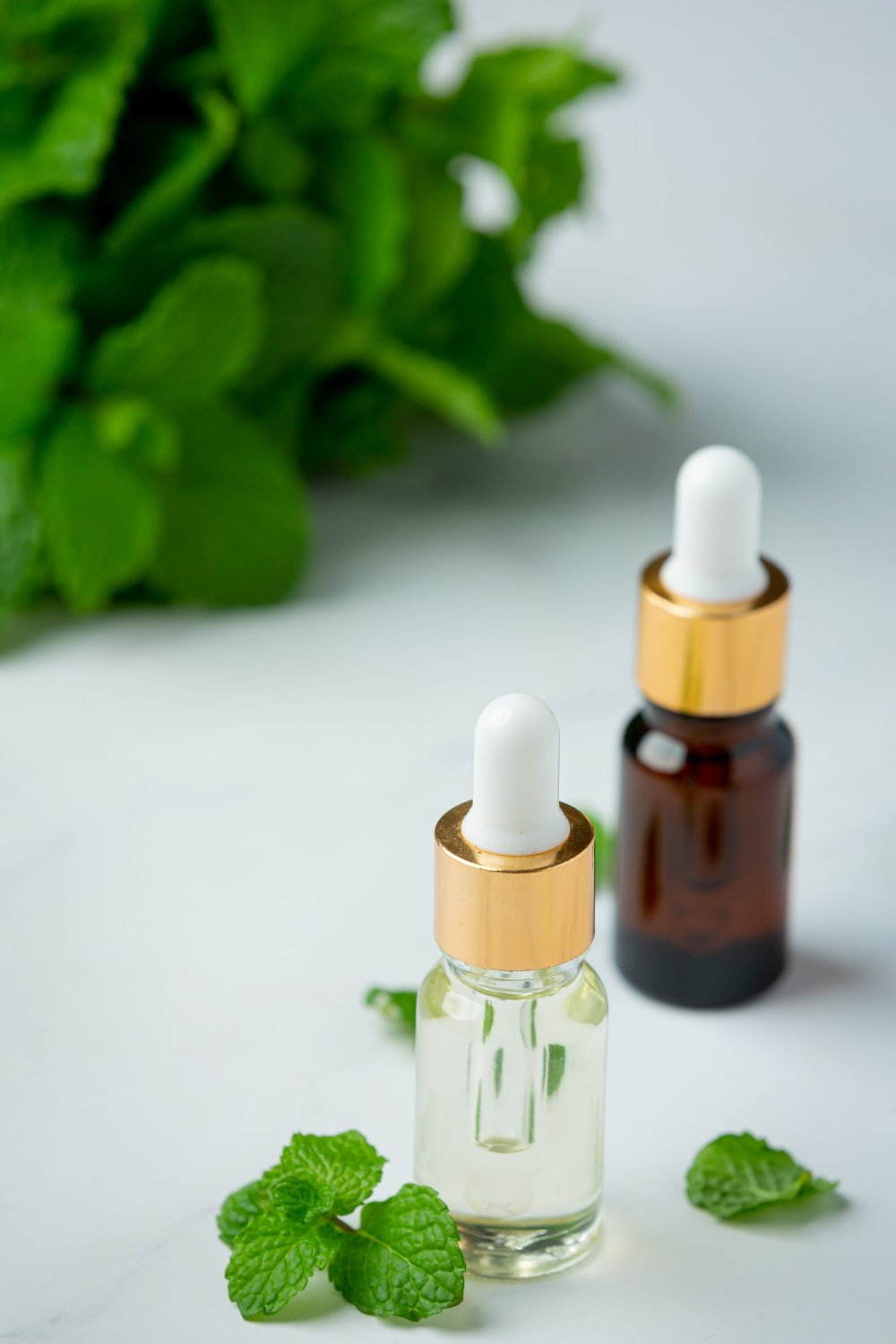

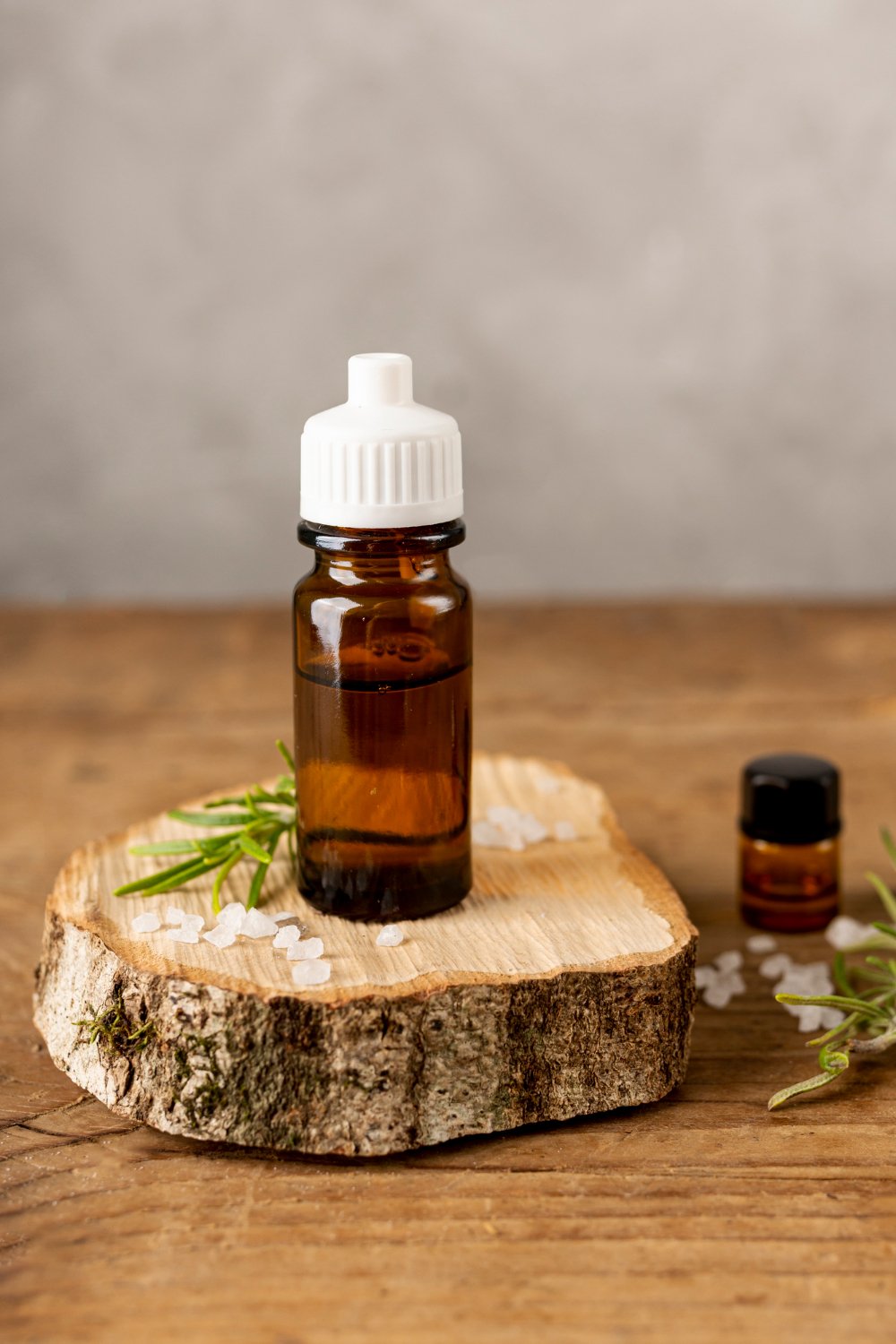

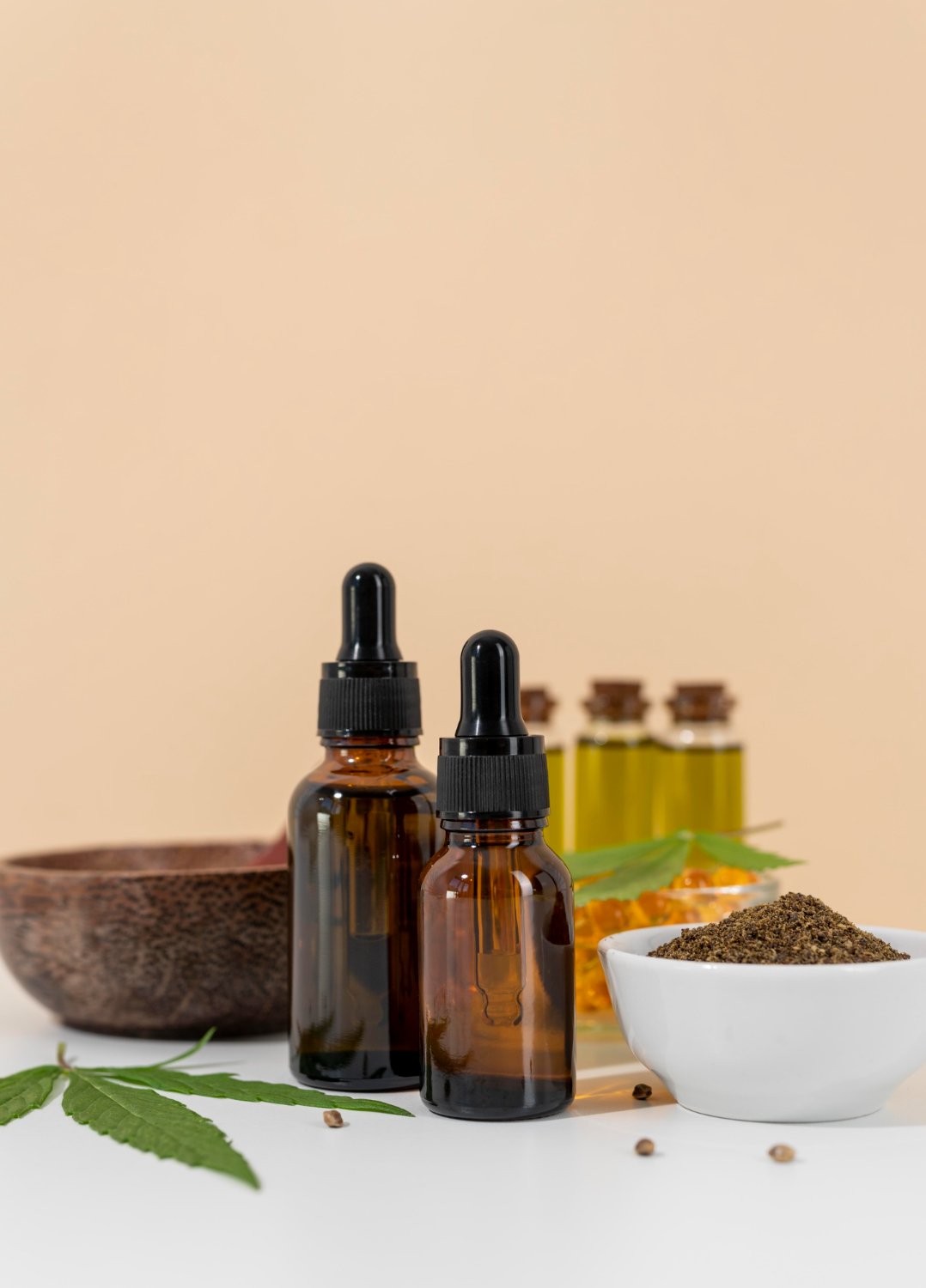


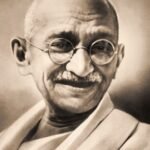
Contrasting Homoeopathy and Conventional Medicine
The disparities between homeopathy and conventional medicine during Hahnemann’s epoch were profound. Homeopathy, characterized by extensive and thorough hour-long consultations, embarked on a holistic approach to healthcare by delving into all facets of a patient’s life and illness. This patient-centered practice aimed at understanding the individual as a whole, acknowledging the interconnectedness of physical, mental, and emotional well-being. In stark contrast, the conventional medicine practices of the time predominantly revolved around detailed correlations of symptoms and signs, following the paradigm of “clinico-pathological correlation.” This approach often relied on post-mortem findings to establish connections between clinical presentations and pathological conditions. This exploration seeks to shed light on the dichotomy between the two medical philosophies prevalent in Hahnemann’s era, accentuating the fundamental differences in their diagnostic and therapeutic methodologies, ultimately shaping the trajectory of medical practices in the 18th century.
Hahnemann's Distinct Focus
In contrast to a predominant interest in detailed pathology and conventional diagnosis and treatment methods of his era, Hahnemann maintained a singular focus on the foundational principles of homeopathy. His emphasis was not on intricate pathological details or the conventional naming of illnesses, but rather on understanding and addressing the patient as a holistic entity, beyond specific pathological lesions. This distinctive approach, centered around the principles of homeopathy, contributed significantly to the methodology’s popularity. Homeopathy under Hahnemann’s guidance was perceived as a medical system that prioritized safety, simplicity in comprehension, and a patient-centric orientation. This exploration delves into Hahnemann’s distinctive choice to diverge from conventional medical norms of his time, offering insights into the principles that underscored his approach and contributed to the enduring appeal of homeopathy as a holistic and patient-friendly healthcare model.
The Dosage Dilemma
A major point of contention between homeopathy and orthodox medicine was Hahnemann's belief in administering medicines in doses that produced only minimal symptoms of the disease being treated. Hahnemann's dilutions were so extreme that by the fourth dilution, the medicine-to-solution ratio would be 1:100,000,000. This concept was ridiculed by some, such as Oliver Wendell Holmes, who quipped that Hahnemann's dilutions would require the waters of ten thousand Adriatic seas. Hahnemann countered that vigorous shaking during dilution, a process he termed 'potentization,' maintained the therapeutic power of homeopathic medicines.
Evolution of Homoeopathy
Samuel Hahnemann, the founder of homeopathy, posited that this medical approach could potentially cure a broad spectrum of diseases. However, as homeopathy sought acceptance within the orthodox medical community, his followers adjusted and modified these assertions. Notably, institutions like the American Institute of Homeopathy, established in the late 19th century, played a pivotal role in attempting to bridge the gap between homeopathy and conventional medicine. This period witnessed a nuanced evolution where allopathic and homeopathic practices began to intersect. Some orthodox physicians, recognizing the potential benefits, started incorporating homeopathic remedies into their repertoire. This intriguing phase in the history of medicine reflects the ongoing dialogue between homeopathy and conventional medical practices, highlighting a dynamic evolution as both systems influenced and adapted to one another over time. The collaboration and integration between allopathic and homeopathic principles underscore the dynamic nature of medical practices, emphasizing the quest for holistic and effective healthcare solutions.
Revival and Popularity
The revitalization of interest in homoeopathy experienced a remarkable upswing during the 1960s and 1970s, with numerous countries, most notably the United States, witnessing a resurgence in its practice. A substantial indicator of this resurgence was the staggering growth in homoeopathic remedy usage in the US, which soared by an astounding 500% over the span of seven years, reaching a zenith by 2002. Parallelly, in the United Kingdom, surveys conducted during this era revealed a noteworthy percentage of the population engaging with or having engaged with homoeopathy. This period of renewed interest and popularity not only underscored a growing curiosity in alternative and holistic healthcare approaches but also demonstrated a widespread acceptance and adoption of homoeopathic principles and remedies as integral components of healthcare practices. The 1960s and 1970s stand out as a pivotal epoch, marking the renaissance of homoeopathy and solidifying its position as a prominent and sought-after facet of global healthcare.
